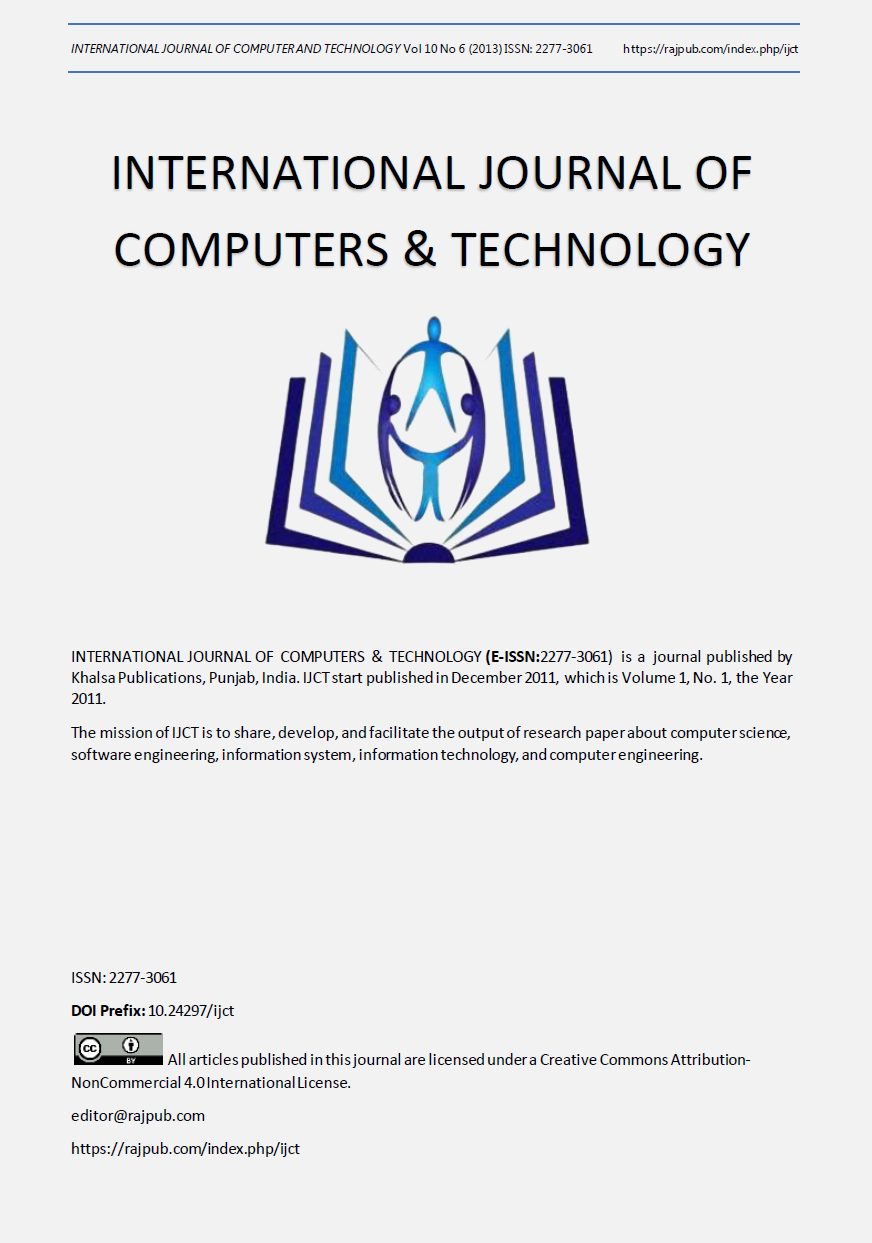Offline Signature Verification System with Gaussian Mixture Models (GMM)
DOI:
https://doi.org/10.24297/ijct.v10i6.3196Keywords:
Off-line Signature Verification, Feature Extraction, Gaussian Mixture Model (GMM), Z-score analysis, False Acceptance Rate(FAR), False Rejection Rate(FRR)Abstract
Gaussian Mixture Models (GMMs) has been proposed for off-line signature verification. The individual Gaussian components are shown to represent some global features such as skewness, kurtosis, etc. that characterize various aspects of a signature, and are effective for modeling its specificity. The learning phase involves the use of Gaussian Mixture Model (GMM) technique to build a reference model for each signature sample of a particular user. The verification phase uses three layers of statistical techniques. The first layer involves computation of GMM-based log-likelihood probability match score, Â second layer performs the mapping of this score into soft boundary ranges of acceptance or rejection through the use of z-score analysis and normalization function, thirdly, threshold is used to arrive at the final decision of accepting or rejecting a given signature sample. The focus of this work is on faster detection of authenticated signature as no vector analysis is done in GMM. From the experimental results, the new features proved to be more robust than other related features used in the earlier systems. The FAR (False Acceptance Rate) and FRR (False Rejection Rate) for the genuine samples is 0.15 and 0.19 respectively.









